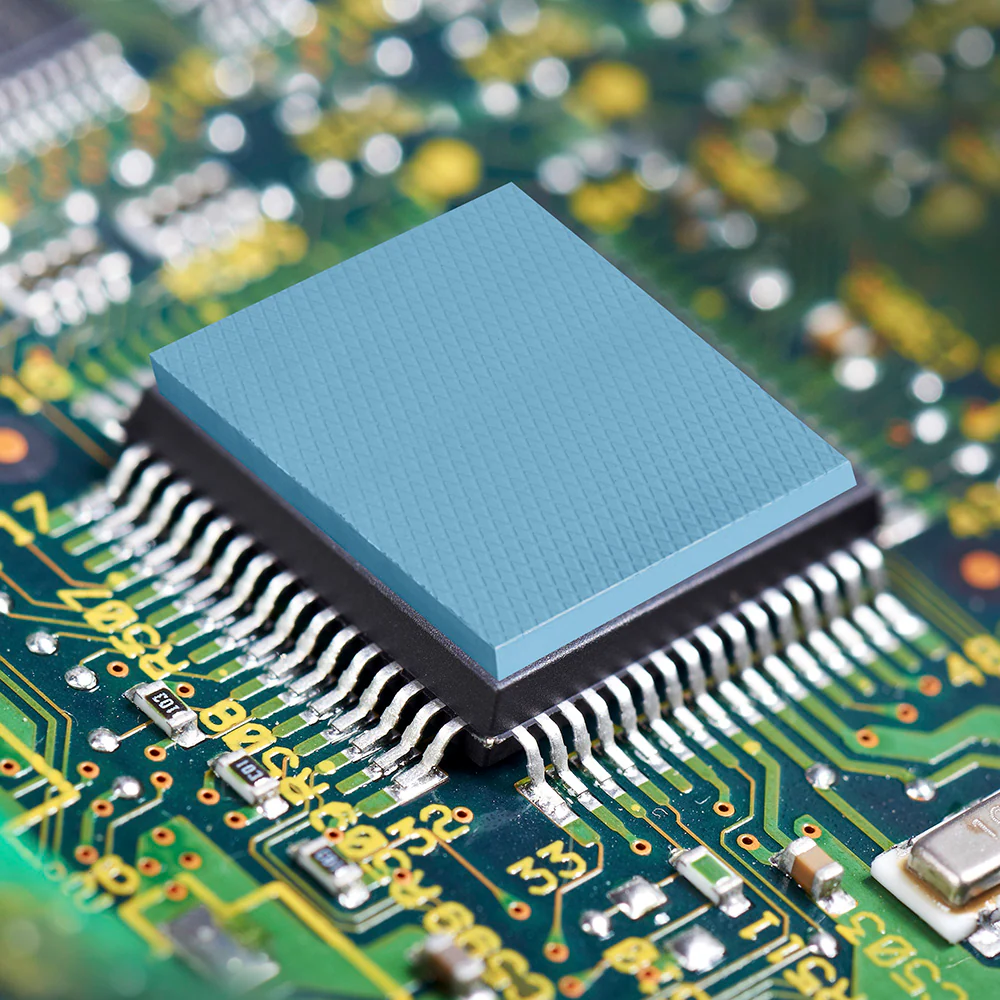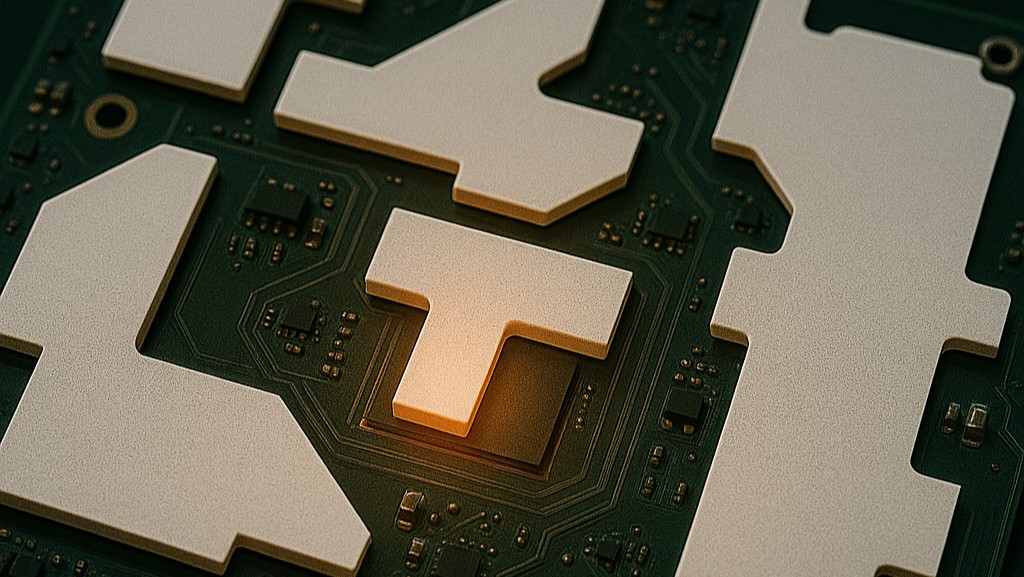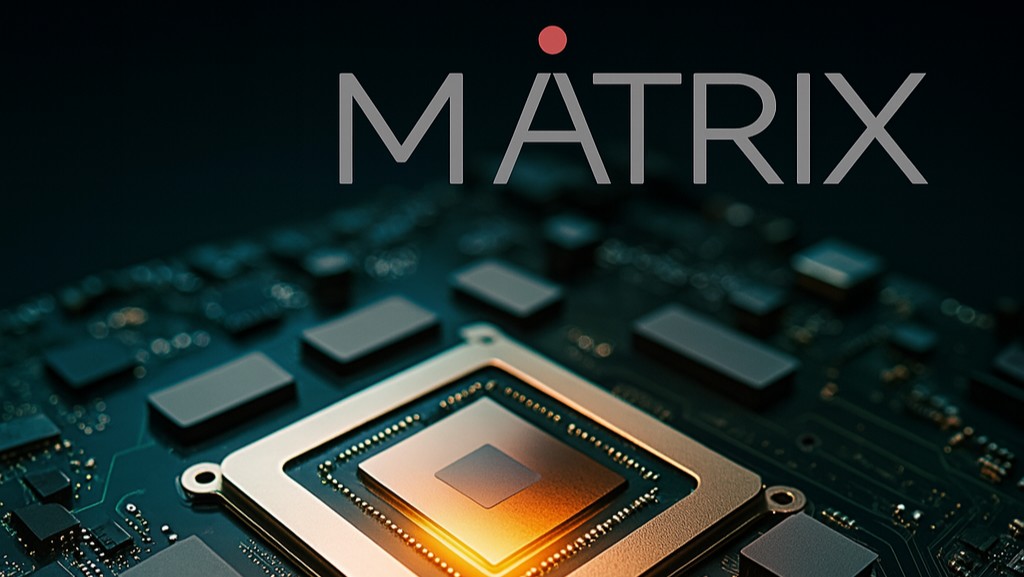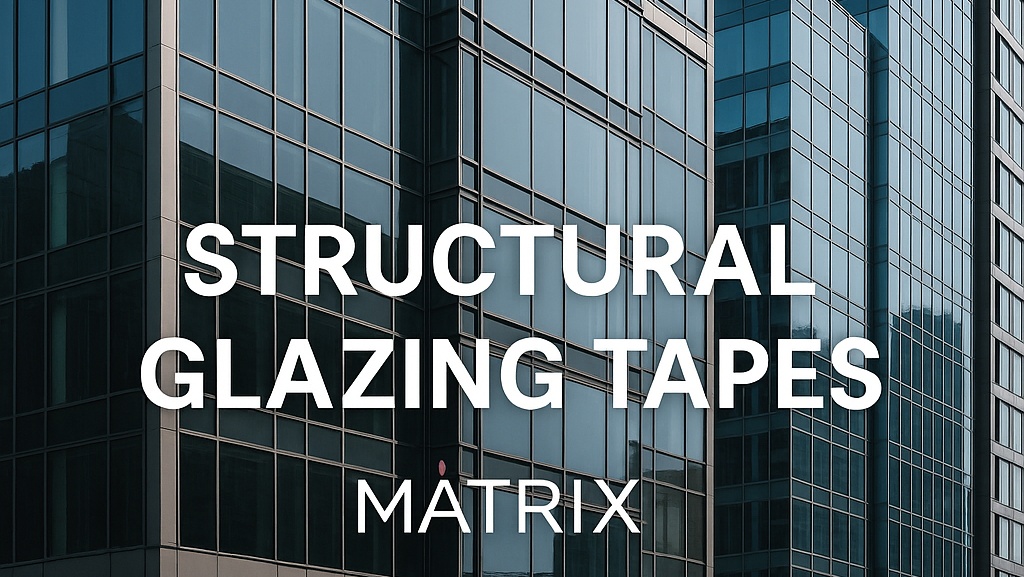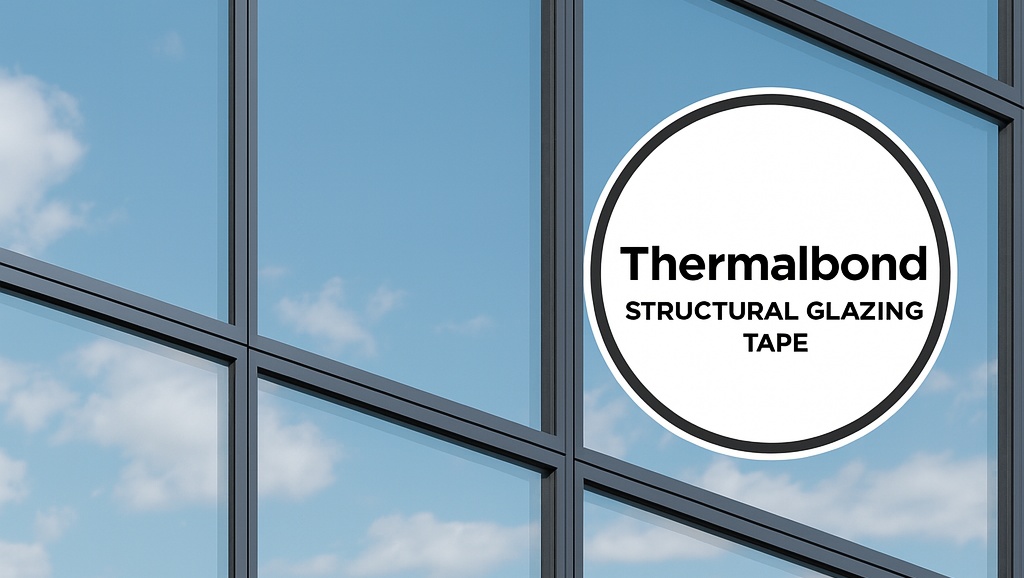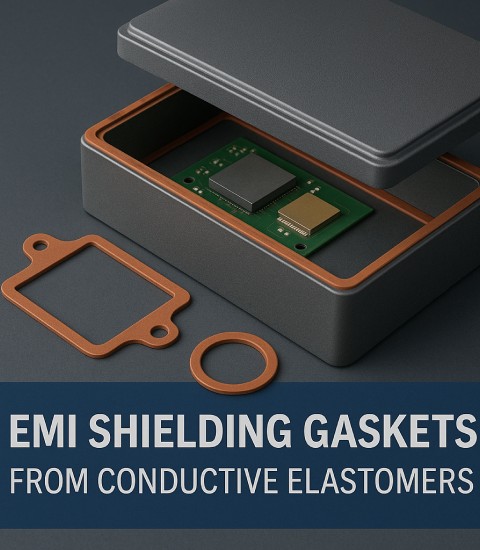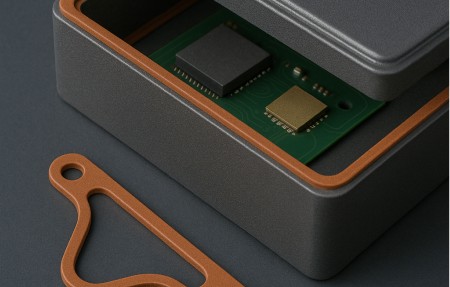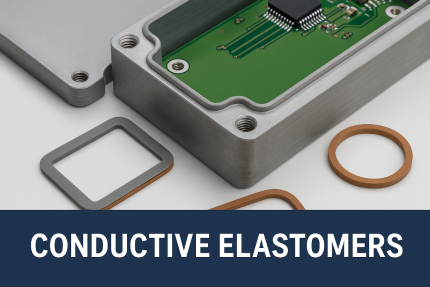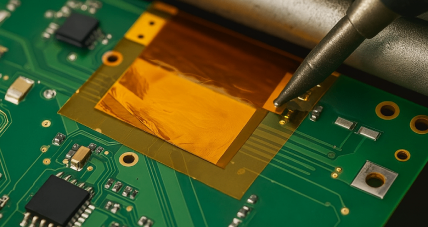Electromagnetic interference (EMI) is a critical challenge in any electronic system design. Generated by both natural and manmade electromagnetic sources, EMI manifests as unwanted noise or disruption that can degrade, delay, or completely halt system performance. As technologies such as 5G mm Wave push the boundaries of speed and complexity, managing EMI has become more vital—and more complex—than ever.
The good news? Engineers can take proactive steps to shield their applications from EMI-related risks.
Start with EMI in Mind
The most effective EMI mitigation starts at the design stage. Identifying EMI as a key design consideration from the outset can help avoid costly issues later in development, including performance failures and project delays. There are four primary domains engineers should evaluate when designing with EMI protection in mind:
- Electrical
- Mechanical and Physical
- Environmental
- Commercial
A holistic understanding of the device’s operating environment and functional requirements allows for smarter selection and integration of EMI shielding solutions—tailored to the unique demands of the application.
Choosing the Right EMI Shielding Solutions
Once EMI is addressed in the design strategy, the next step is selecting the appropriate shielding materials. A wide range of EMI mitigation products are available, each suited to different use cases. Below are some of the most widely adopted solutions:
CHO-SEAL™ EMI Shielding Gaskets
EMI Shielding Gaskets
These gaskets are engineered to block electromagnetic energy from escaping or entering an enclosure. Available in a variety of materials—including electrically conductive elastomers, form-in-place compounds, fabric-over-foam, and traditional metal options—shielding gaskets are used across industries for high-performance EMI containment.
CHO-SHIELD® EMI Shielding Paints
Conductive Coatings
Electrically conductive paints offer a reliable EMI barrier for enclosures made of plastic, composites, or other non-metallic materials. They’re particularly effective for lightweight electronic housings, aircraft components, and other applications where traditional metallic shielding isn’t feasible.
THERM-A-GAP™ Thermal Gap Fillers
Thermal Interface Materials with EMI Benefits
Gaps between heat-generating components and heat-dissipating surfaces can act as EMI entry points. Thermal gap fillers—available in gel or pad formats—not only enhance thermal conductivity but also contribute to EMI mitigation by eliminating air gaps and improving overall shielding continuity.
Your Partner in EMI Protection
Matrix Technology: Expertise You Can Trust
As a global leader in EMI shielding technology, we offer a comprehensive portfolio of solutions—including shielding gaskets, conductive adhesives and coatings, thermal interface materials, shielded vents and windows, grounding systems, metal foil tapes, conductive plastics, and more.
With so many product options and application variables, choosing the best EMI shielding solution can be complex. Our team of application engineers is here to help guide your selection and ensure the right fit for your design.
Need help selecting EMI materials?
Reach out to our engineering team today to get started.
